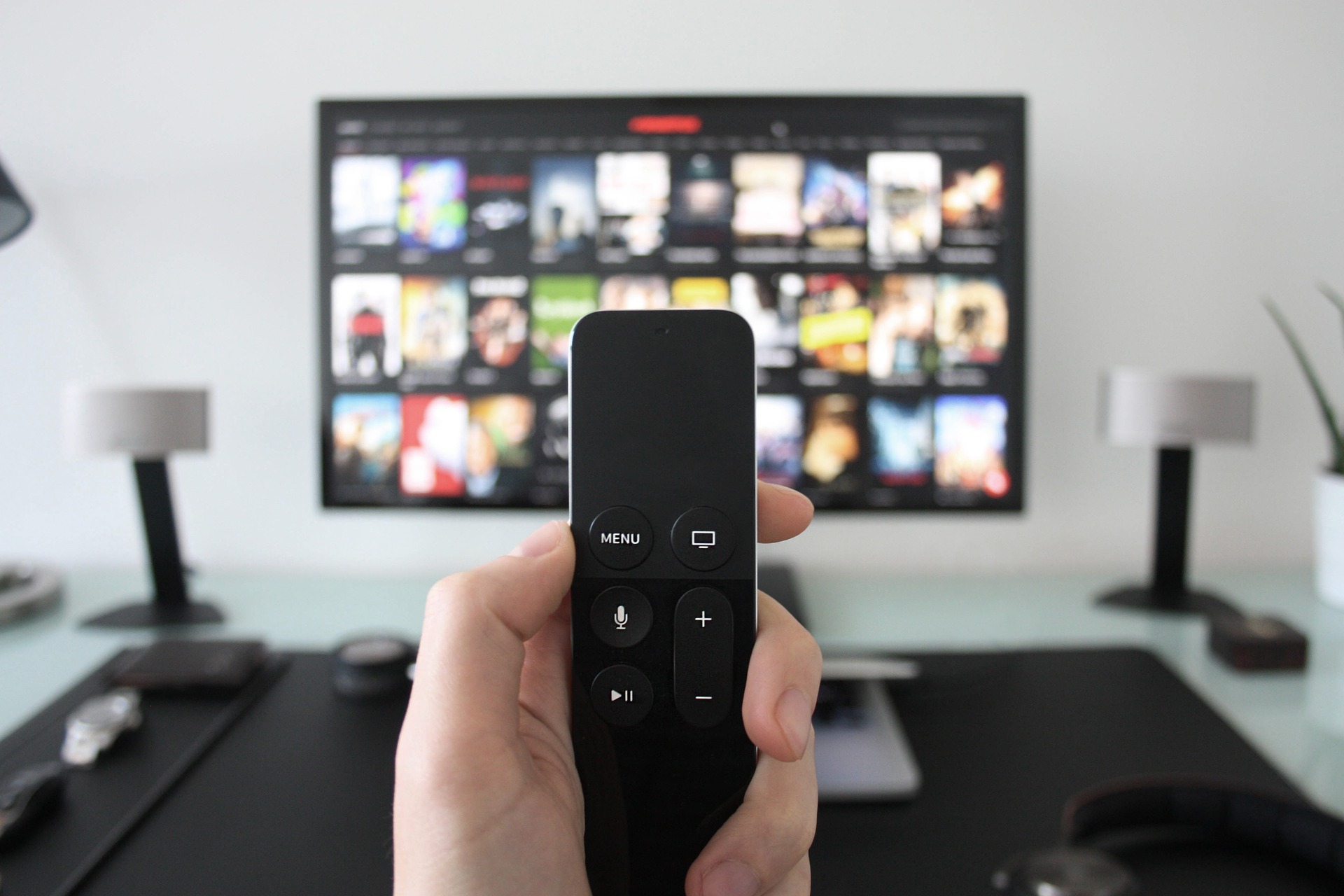In the rapidly evolving world of digital media consumption, IPTV without a box is emerging as a game-changer, transforming the way we access our favorite shows and movies. Gone are the days of clunky hardware; now, streaming content directly over the internet promises a new level of convenience and flexibility.
However, this innovative approach brings with it a pressing concern: the crucial role of internet speed and bandwidth requirements. As viewers increasingly turn to this modern solution, understanding the parameters that govern performance becomes essential.
From buffering issues to streaming quality, the connection you choose can make or break your viewing experience. Let’s dive into the intricate web of requirements to ensure you’re ready to enjoy seamless IPTV streaming.
Understanding IPTV utan Box: An Overview

IPTV utan box, or IPTV without a box, marks a significant shift in how we consume television content. By utilizing existing internet connections, viewers can access a vast array of channels and on-demand content without the need for traditional set-top boxes.
Imagine flipping through hundreds of options, all seamlessly streaming from the cloud, just like browsing your favorite websites! The convenience is palpable, yet it also raises vital questions about the required internet speed and bandwidth for an optimal viewing experience. Streaming high-definition videos demands a robust connection, and any interruptions can lead to buffering that disrupts the enjoyment of your favorite shows.
Moreover, the flexibility of accessing content on various devices—be it a smart TV, smartphone, or tablet—opens new avenues for entertainment, ensuring that you never miss a moment, whether you’re at home or on the go. But hold on, what does it take to ensure that your IPTV experience is smooth and satisfying? That’s where understanding the specific internet requirements comes into play.
What is IPTV utan Box?

IPTV utan box refers to Internet Protocol Television that allows users to stream television content directly through their internet-connected devices without the need for a set-top box. This innovative approach leverages applications or smart TVs that natively support IPTV services, enabling a more flexible and often cost-effective viewing experience.
Imagine sitting on your sofa, with just your tablet or smart TV remote in hand, scrolling through a myriad of channels and on-demand shows, completely unhindered by bulky hardware. By tapping into your existing internet connection, IPTV utan box brings forth an adaptive solution tailored to accommodate the diverse needs of modern viewers, enhancing accessibility while eliminating the clutter of extra appliances. As the demand for seamless entertainment grows, this method exemplifies how technology can converge with our daily routines, making it easier than ever to enjoy high-quality programming on our terms.
The Role of Internet Speed in IPTV Performance

The role of internet speed in IPTV performance is nothing short of pivotal. High-definition streaming demands a robust connection; thus, a minimum speed of 25 Mbps is often recommended to avoid frustrating interruptions and buffering—issues that can disrupt even the most captivating content.
Yet, it isn’t merely a numbers game; the quality of your streaming experience hinges on various factors, including network congestion and time of day. Imagine the annoyance of trying to watch an exhilarating match only to be greeted by pixelated images or lagging audio.
Moreover, multiple users accessing the same bandwidth can exacerbate these problems, leading to a chaotic viewing experience for everyone involved. Therefore, ensuring that your internet plan aligns with your IPTV service requirements is essential.
In this interconnected age, the right speed can transform your streaming into a seamless journey, allowing you to enjoy your favorite shows without interruption.
Conclusion
In conclusion, as the demand for IPTV utan box continues to grow, understanding the importance of internet speed and bandwidth requirements becomes increasingly vital for an optimal viewing experience. With varying service providers offering different streaming qualities, ensuring that your internet connection can handle the necessary speeds—typically ranging from 5 Mbps for standard definition to 25 Mbps or more for high-definition content—is crucial.
Additionally, the bandwidth capacity of your network will play a significant role in preventing buffering and ensuring seamless streaming. By paying close attention to these factors, users can enjoy a more reliable and enjoyable IPTV experience, free from the limitations and hassles of traditional set-top boxes.


